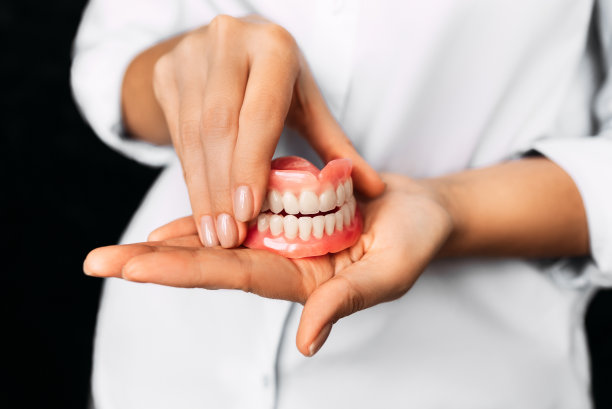Understanding the Process and Experience of Extracting a Tooth for Improved Dental Health and Wellbeing
Summary: Understanding the process and experience of tooth extraction provides invaluable insights into the significant relationship between dental health and overall wellbeing. This article details the reasons for extraction, outlines the procedure step-by-step, discusses the emotional and physical experiences of patients, and emphasizes the importance of post-extraction care for long-term dental health. By demystifying tooth extraction, we hope to enhance patient preparation and reduce apprehensions associated with dental treatments. Ultimately, informed patients can make better choices that lead to healthier and more fulfilling lives.
1. Reasons for Tooth Extraction

There are several reasons a dentist might recommend tooth extraction. One of the primary reasons is overcrowding, where there isn’t enough space in the jaw for all teeth. In such cases, removing one or more teeth can alleviate discomfort and create space for proper alignment, particularly in preparation for braces or other orthodontic treatments.
Another common reason is the presence of tooth decay or infection. If a tooth is severely damaged beyond repair because of decay, or if it has become infected, extraction may be necessary to prevent the infection from spreading to other areas of the mouth.
2. The Tooth Extraction Process Explained
The tooth extraction procedure typically begins with a thorough examination, including X-rays, to pinpoint the exact location and condition of the tooth. This step is crucial as it allows the dentist to anticipate challenges during the extraction. Once preparations are complete, the patient is often administered local anesthesia to numb the area around the tooth, ensuring that the procedure is painless.
After the anesthesia takes effect, the dentist uses specialized tools to loosen the tooth from its socket. In certain cases, particularly with impacted teeth, a surgical extraction may be required, which involves making an incision in the gum to reach the tooth. Each method follows a standard protocol designed to minimize patient discomfort while ensuring the tooth is safely extracted.
3. Emotional and Physical Experience of Patients
The experience of tooth extraction can be daunting for many patients. Anxiety is a common reaction to the thought of dental procedures, fueled by fear of pain or potential complications. To address these concerns, it’s vital for dental professionals to engage with patients, explain the process thoroughly, and offer reassurances.
Physically, patients may experience some discomfort following the procedure, which can often be managed through prescribed medications or over-the-counter pain relievers. It’s essential for patients to be aware that some swelling and bruising may occur, but these symptoms usually subside within a few days.
4. Importance of Post-Extraction Care
Post-extraction care greatly influences the healing process and overall dental health. After the removal, it’s crucial to follow the dentist’s aftercare instructions, which may include diet modifications, pain management, and maintaining oral hygiene. Avoiding certain foods and drinks, particularly those that are hot or spicy, can prevent irritation to the extraction site.
Proper oral hygiene after extraction is also essential. While patients may be advised to avoid brushing the extraction site initially, gently cleaning the surrounding areas is necessary to prevent plaque buildup and other issues. This practice is vital for a swift recovery and for maintaining a healthy mouth.
Finally, attending follow-up appointments is key to monitoring the healing process. These visits allow the dental professional to ensure that the extraction site is healing correctly and to address any concerns the patient might have. Emphasizing the importance of this post-care can significantly improve long-lasting dental health and well-being.
Summary:
This article has explored the multifaceted aspects of tooth extraction to encourage better understanding and preparation. By recognizing the reasons for extraction, comprehending the procedure, acknowledging emotional experiences, and emphasizing post-operative care, patients can make informed decisions leading to enhanced dental health. Education is key, allowing one to approach dental procedures with confidence and clarity.
This article is compiled by Vickong Dental and the content is for reference only.


